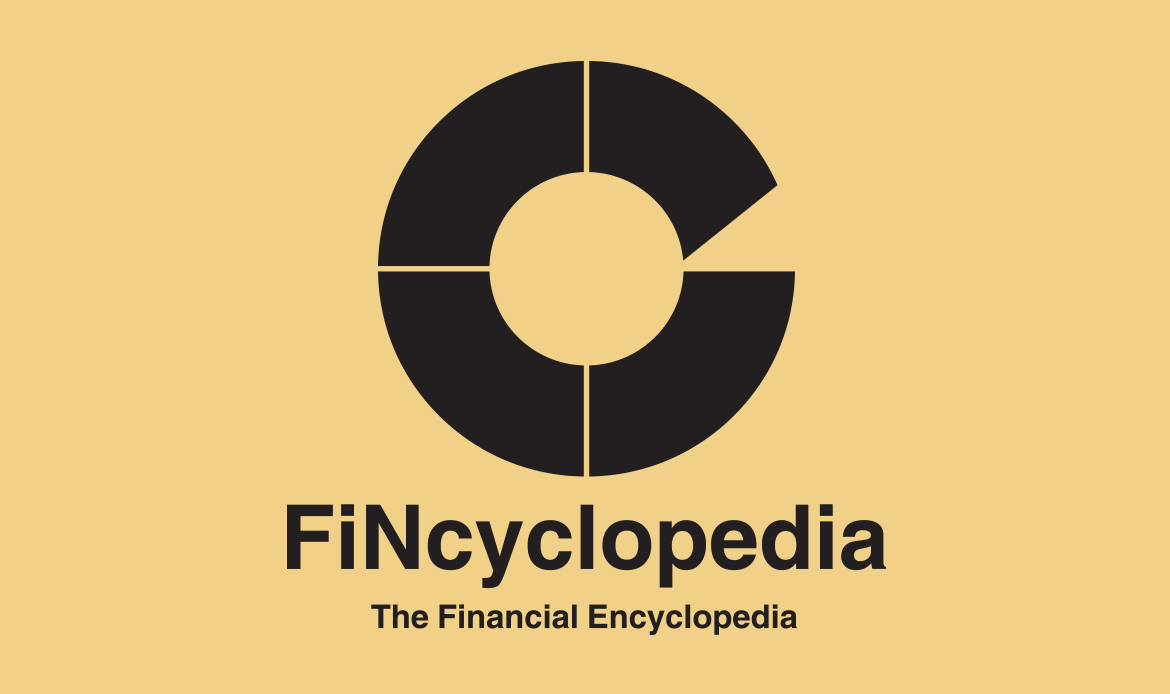The difference between the value of an “on-paper” (planned) portfolio (paper portfolio) and the actual portfolio constructed in accordance with the plan. For example, an investor decides to buy 1,000 of a given share, currently trading at $50. He places a market order just to discover that the order was filled at $50.50 and that the trade actually cost him $50,750. The on-paper portfolio would cost $50,000, while the actual portfolio did cost $50,750. The difference ($50,750 – $50,000 = $750) is the investor’s implementation shortfall. This is equal to 75 cents per share.
Typically, implementation shortfall consists of commissions, slippage, bid-ask spread, liquidity impact, market trend, and opportunity costs.
Implementation shortfall may also refer to the difference between paper return and actual return:
Implementation shortfall = paper portfolio return – actual portfolio return
Paper return is the dollar return of a paper portfolio where portfolio components are assumed to transact at the market prices at the time of decision, while actual return is the dollar return of the portfolio at the time of implementation. Implementation shortfall has two distinct components: direct costs (commissions, taxes, settlement) and indirect costs (delay costs, timing gain/ loss, market impact, and opportunity costs).




